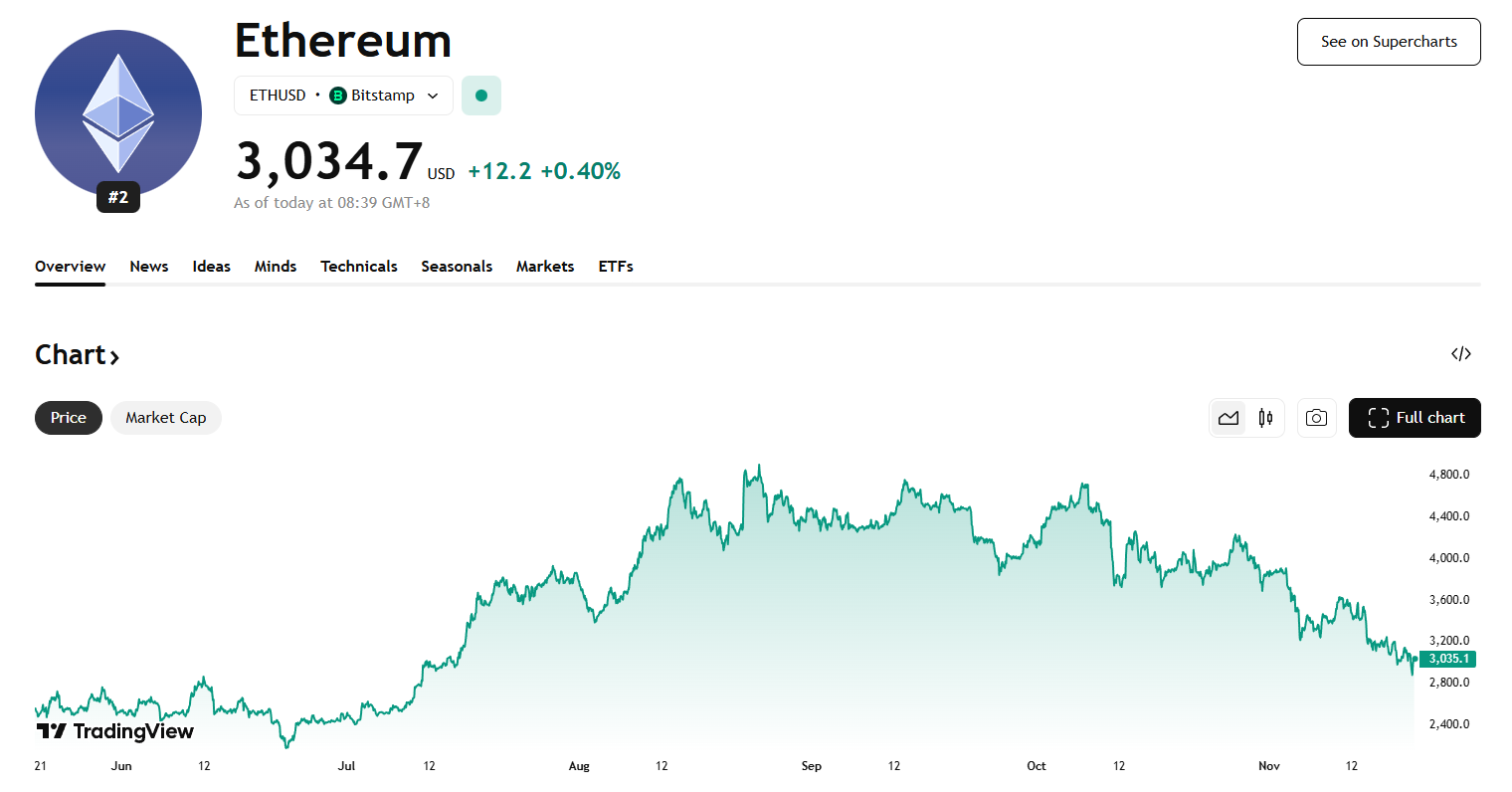Wall Street’s “hottest phrase”: Run it hot! Betting on “fiscal and monetary easing”
The core logic of the "Run it hot" strategy is that tax cuts and interest rate reductions will jointly "heat up" the economy, thereby triggering a new wave of growth.
The core logic of the "Run it hot" strategy is that tax cuts and interest rate reductions will jointly "heat up" the economy, thereby sparking a new wave of growth. However, under the influence of this strategy, traders seem to be turning a blind eye to weak employment reports and the economic risks of tariffs, with analysts warning that investors may be "misreading" the current economic situation.
Written by: Li Xiaoyin
Source: Wallstreetcn
The hottest trading strategy on Wall Street, "Run it hot," is driving U.S. stocks to new highs.
The core logic of the "Run it hot" strategy is that tax cuts and interest rate reductions will jointly "heat up" the economy, thereby sparking a new wave of growth. This week, the Federal Reserve is expected to cut rates, and Wall Street is looking forward to more easing policies in the coming months, further strengthening the market's risk appetite.
Market performance has confirmed this enthusiasm. Last week, the Dow Jones Industrial Average broke through the 46,000-point mark for the first time, while the S&P 500 and Nasdaq Composite also hit record highs. Meanwhile, the yield on the two-year U.S. Treasury note, which is sensitive to interest rate expectations, fell to its lowest level in three years, reflecting the market's strong anticipation of rate cuts.
However, this surge of optimism stands in stark contrast to some concerns in mainstream economic narratives. Traders seem to be ignoring the risks that weak employment reports and tariffs could drag down economic growth, instead fully embracing the prospect that rate cuts will boost corporate profits. This divergence has made the "Run it hot" strategy the most eye-catching and controversial focus in the current market.
Betting on the Dual Stimulus of Easing Policies
The core of the "Run it hot" trade is to choose to believe in the power of policy support when the economy faces uncertainty. Bob Elliott, CEO of Unlimited Funds, who popularized the term, pointed out:
"The essence of the 'Run it hot' trade is that the U.S. economy will perform strongly under the support of loose monetary and fiscal policies."
This view holds that even if there is some negative data, a strong policy toolbox is enough to smooth out short-term fluctuations.
Investors' optimism is not without basis. Nelson Yu, Head of Equities at Alliance Bernstein, said:
"Our economy is still growing and hasn't fallen off a cliff. If the Federal Reserve can start cutting rates, I think that should actually be a pretty good environment for risk assets."
Analysts Warn: Signs of Economic Rebound Are Not Yet Apparent
Despite the market's jubilation, not everyone agrees with this optimistic outlook.
The data is sending worrying signals. Employment revisions released last Tuesday showed that in the 12 months ending March this year, the U.S. added 911,000 fewer jobs than initially reported.
Some analysts warn that investors may be "misreading" the current economic situation.
David Kelly, Chief Market Strategist at JPMorgan Asset Management, believes there is evidence that the economy is gradually slowing, which will put pressure on cyclical sectors such as manufacturing or retail. In his view, rate cuts are unlikely to reverse this trend. Kelly said:
"If the stock market thinks that rate cuts will have any benefit for the direction of the overall economy and profitability, I think that's purely a misjudgment... When the Federal Reserve cuts rates, it sends the signal that the Fed is afraid of a recession, which in turn makes people start to fear a recession as well."
Bob Elliott himself is also skeptical. He points out that while few are predicting a recession, even a mere slowdown in economic growth could disappoint investors who have already priced in a significant increase in corporate profits. He said:
"Bulls believe that weak employment data is a thing of the past and that the economy will rebound significantly in the second half of the year, but I don't see any evidence that this is happening."
Beyond the optimism, the bond market's performance reveals a more complex investor psychology. Typically, when investors expect an economic slowdown, they buy bonds. The recent rally in U.S. Treasuries fits this logic.
However, some traders are puzzled by the simultaneous rise in long-term bonds. They believe that if the economy really rebounds as the "Run it hot" strategy expects, then inflation and overheating issues will return to the forefront, which could instead push long-term rates higher.
Can the AI Boom Bring a New Economic Narrative?
For a long time, in the traditional understanding of the U.S. consumption-driven economy, it was unimaginable for a strong economy and a weak labor market to coexist.
However, the rise of the AI boom may be reshaping this economic narrative.
Torsten Slok, Chief Economist at Apollo Global Management, wrote in a report on Thursday that many indicators of consumer strength, such as air travel and restaurant reservations, remain robust. This suggests that the weakness in the labor market may be more related to reduced immigration than to an economic slowdown.
In addition, lower borrowing costs may further fuel the investment boom in the AI sector. Last Wednesday, Oracle announced it had signed multi-billion dollar contracts with three clients, showing it has exceeded expectations in the AI race, with its market value soaring by 247 billion dollars that day.
Pimco economist Tiffany Wilding commented:
"We see the technology investment cycle providing underlying support, so we still have plenty of reasons to believe the economy will remain healthy. But our concerns about the labor market have indeed increased."
Disclaimer: The content of this article solely reflects the author's opinion and does not represent the platform in any capacity. This article is not intended to serve as a reference for making investment decisions.
You may also like
Hotcoin Research | Fusaka Upgrade Approaching: Analysis and Outlook on Ethereum Long and Short Positions
This article will review Ethereum's recent performance, provide an in-depth analysis of the current bullish and bearish factors facing Ethereum, and look ahead to its prospects and trends for the end of this year, next year, and the medium to long term. The aim is to help ordinary investors clarify uncertainties, grasp trends, and provide some reference to support more rational decision-making during key turning points.

Crypto Market Surges as Bitcoin Rebounds and Privacy Coins Shine
In Brief Bitcoin rebounded over the weekend, testing the $86,000 mark. Privacy-focused altcoins Monero and Zcash showed notable gains. Total market value surged, crossing the $3 trillion threshold again.

Trending news
MoreBitget Daily Digest (Nov 24) | Total Crypto Market Cap Rebounds Above $3 Trillion; Michael Saylor Posts “Won’t Surrender,” Hinting at Further Bitcoin Accumulation; Bloomberg: Bitcoin’s Decline Signals Weak Year-End Performance for Risk Assets, but 2026 May Have Growth Momentum
Following the attack, Port3 Network announced it would migrate its tokens at a 1:1 ratio and burn 162.7 million PORT3 tokens.
